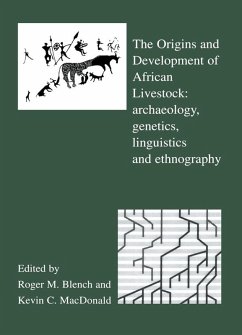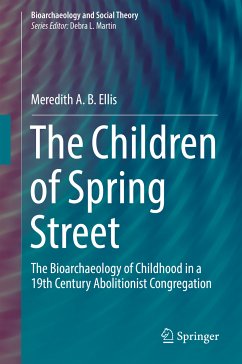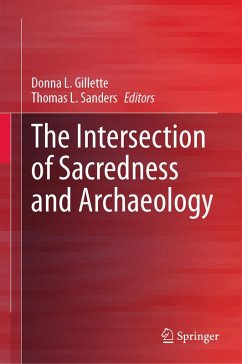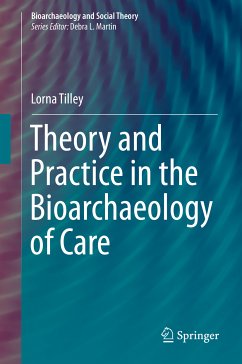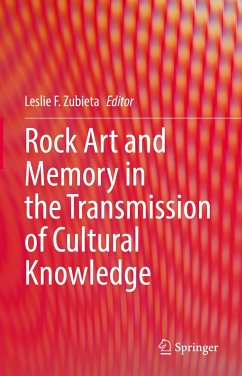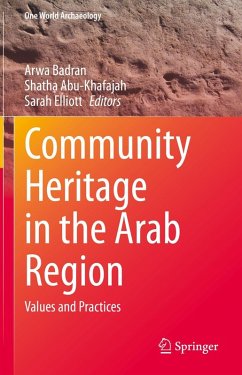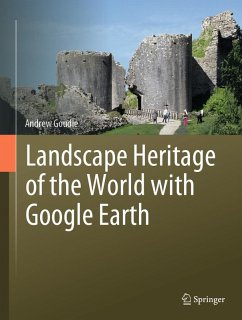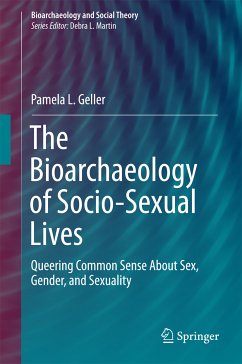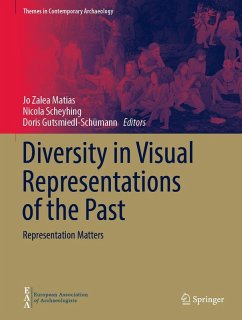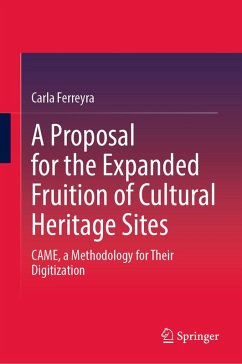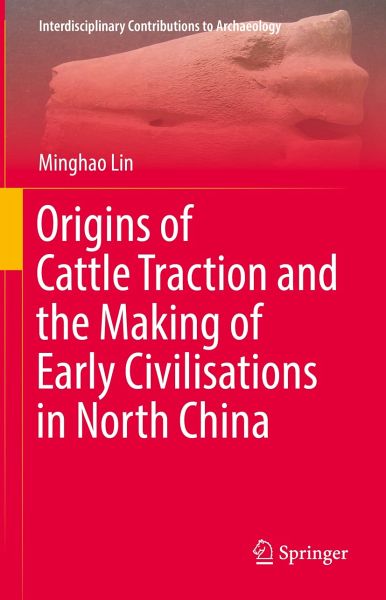
Origins of Cattle Traction and the Making of Early Civilisations in North China (eBook, PDF)
Versandkostenfrei!
Sofort per Download lieferbar
80,95 €
inkl. MwSt.
Weitere Ausgaben:

PAYBACK Punkte
40 °P sammeln!
This book is the first to apply systematic palaeopathological, archaeological and historical investigations (using bones as a focus as well as other supporting lines of information) to Chinese osteological materials in order to answer the question about the origins of cattle labour. Structurally, this monograph flows from an introduction and review of previous scholarship and questions, through employed theory and developed methods, to analyses of archaeological materials, and finally finishes by overall discussion and closing remarks.Topics covered in this monograph include the significance o...
This book is the first to apply systematic palaeopathological, archaeological and historical investigations (using bones as a focus as well as other supporting lines of information) to Chinese osteological materials in order to answer the question about the origins of cattle labour. Structurally, this monograph flows from an introduction and review of previous scholarship and questions, through employed theory and developed methods, to analyses of archaeological materials, and finally finishes by overall discussion and closing remarks.
Topics covered in this monograph include the significance of the study of cattle traction in North China, understanding and research into cattle traction within history, art and archaeology, and identifying traction in cattle bones. The author also uses the Pathological Index-refined (PIr) and morphometrics to test the reliability of both methods in identifying traction in cattle bones. The author applies both methods to archaeological sites inthe Yellow River region. This book is of interest to researchers studying the Late Bronze Age and zooarchaeology.
Topics covered in this monograph include the significance of the study of cattle traction in North China, understanding and research into cattle traction within history, art and archaeology, and identifying traction in cattle bones. The author also uses the Pathological Index-refined (PIr) and morphometrics to test the reliability of both methods in identifying traction in cattle bones. The author applies both methods to archaeological sites inthe Yellow River region. This book is of interest to researchers studying the Late Bronze Age and zooarchaeology.
Dieser Download kann aus rechtlichen Gründen nur mit Rechnungsadresse in A, B, BG, CY, CZ, D, DK, EW, E, FIN, F, GR, HR, H, IRL, I, LT, L, LR, M, NL, PL, P, R, S, SLO, SK ausgeliefert werden.



